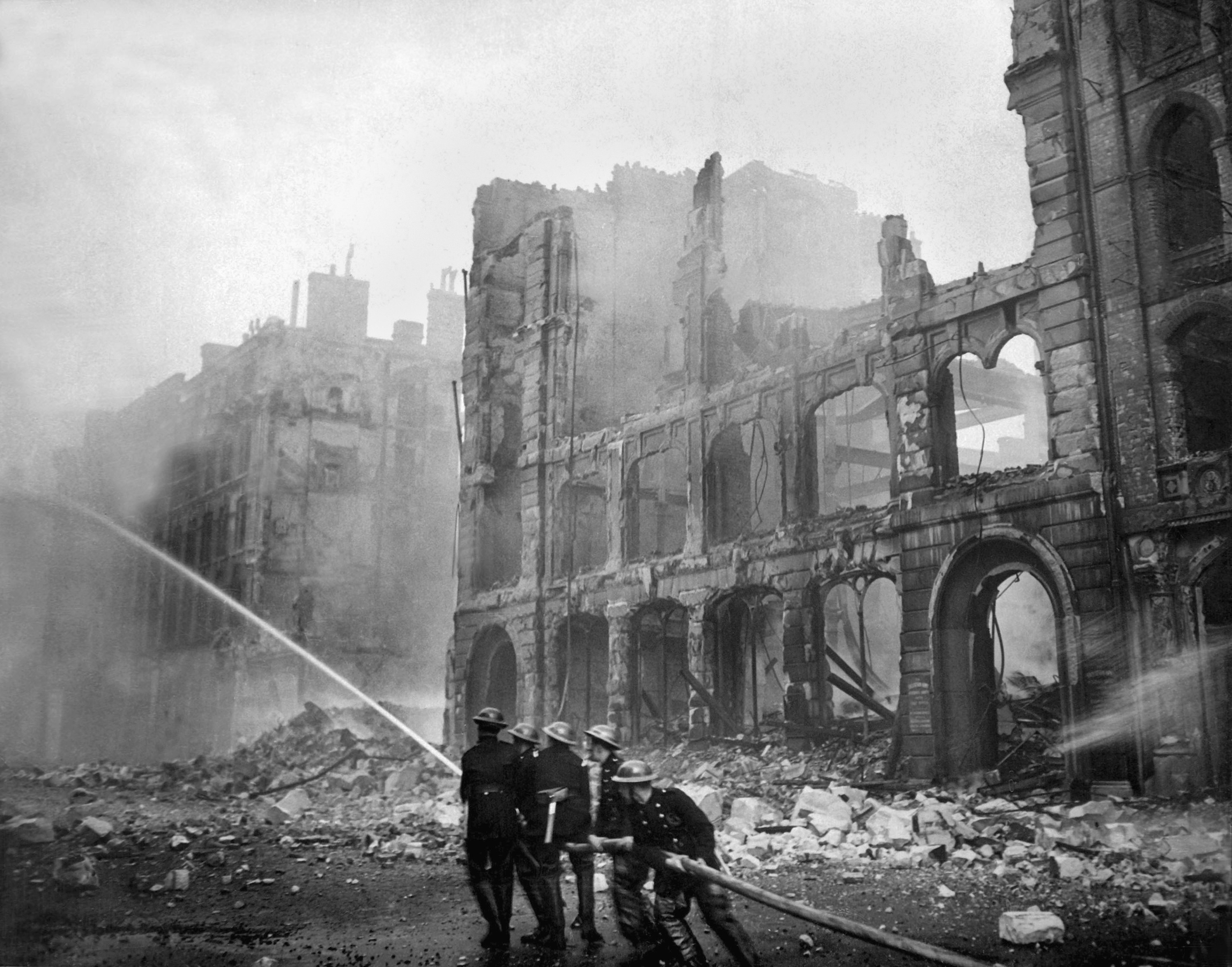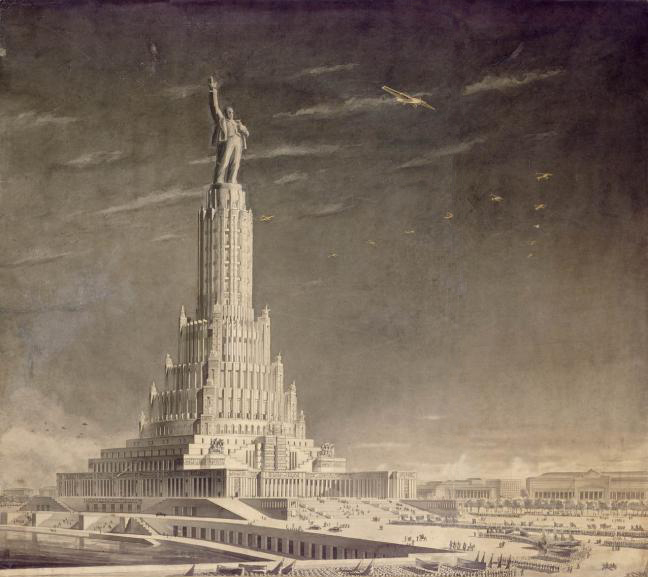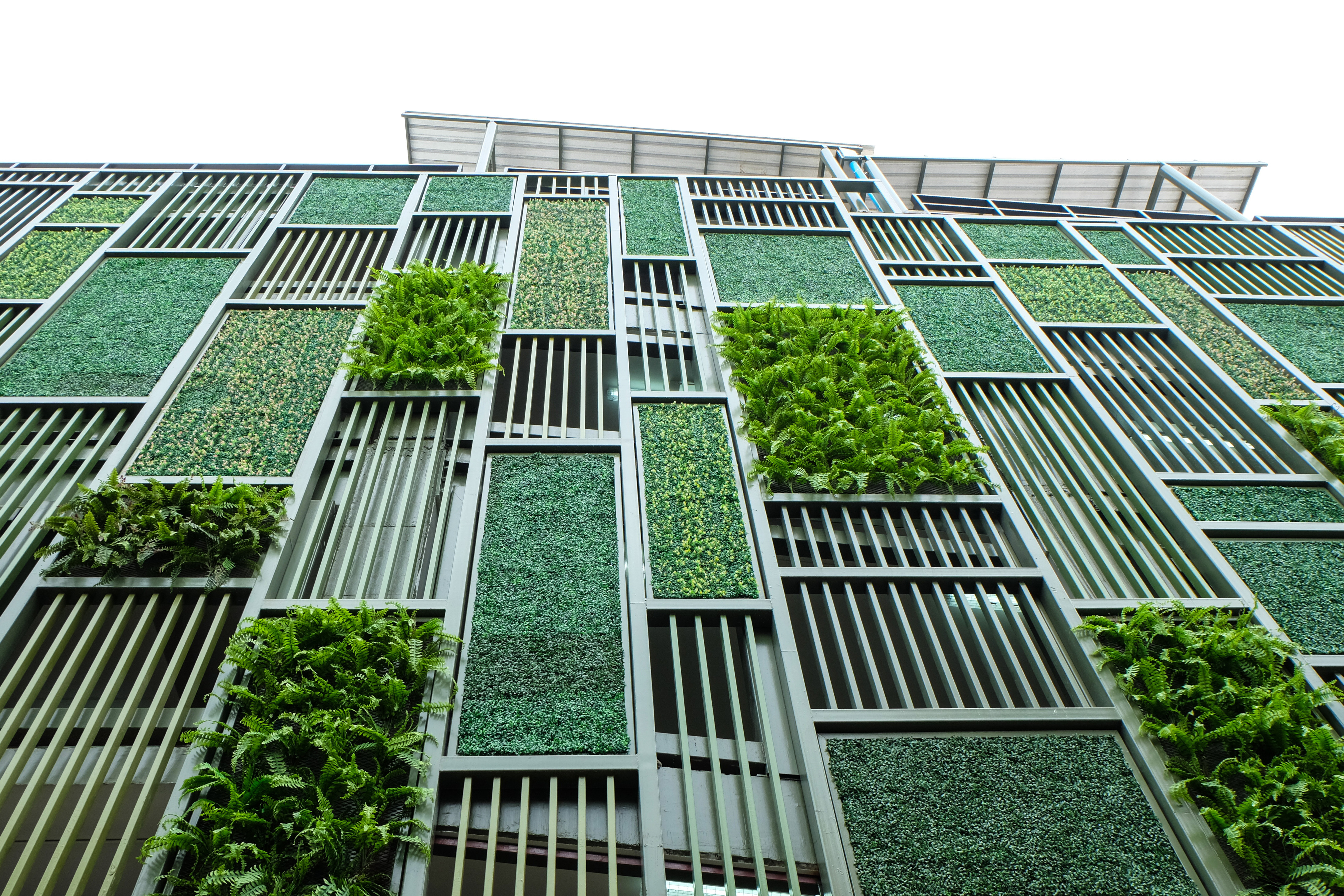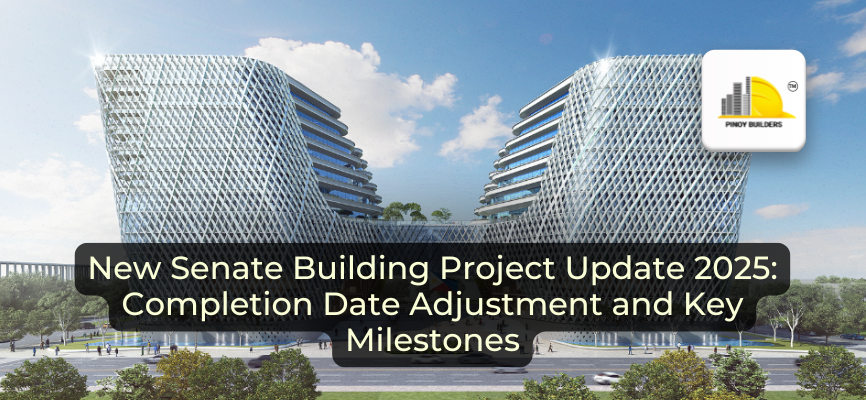Industries and businesses adapt to trends of the changing times in order to meet the demands of their consumer base. This includes the construction industry, considering it is one of the biggest and most essential industries in the world. A look back on history reveals how much it has endured through the worst of days, as well as its endeavours in bettering its business in terms of health and safety.
Labor concerns
While the 1700s brought about the age of steel and machinery, not everyone bothered to look behind the curtain to see how workers were mistreated and neglected. The horrifying working conditions at the time were enough to literally work a man to death. The health hazards either meant instantaneous death or a buildup of long term illnesses.
Despite these red flags, however, everyone was encouraged to work for the sake of food and rent – including children. Such cruelty eventually led to the gruelling fight for workers’ rights and acceptable labor laws. The 1800s saw the passing of such laws, reducing the amount of child labor and implementing slightly better hours for those in the construction industry.
But despite that, actual health and safety laws were not prevalent until the 1970s, when the Health and Safety Work Act was passed to curb the amount of work-related accidents per year. The rest of the world eventually followed suit on improving the welfare of its industry workers.
Economic crisis
Socioeconomic conditions affect the industry greatly, especially during times of war, sickness, and financial duress. With any of those in effect, the demand for construction changed for the better and for worse.
One example is the 1997 Asian Financial Crisis, an event that made things miserable for business owners everywhere. It caused international stocks to plummet and raised concerns of a worldwide economic crisis.
In the Philippines, economic growth sank significantly and the value of the peso dropped to P56. The repercussions of it involved mass layoffs in all affected Asian countries and loss of projects due to insufficient financial backing.
War and peace times
The topic of war also delves on economic hardships and a decrease in the labor pool. War shifts the priorities of most industries in adjusting for the betterment of their country. The creation of buildings all depends on whether a country is focused on surviving through, supporting, or staying agnostic.
Ruined streets of Britain, World War II.
According to a study by Karolien Coetzer from the University of Pretoria, the aftermath of World War 2 saw a boom in the US construction industry due to the increased need for housing and reparations of ruined infrastructure. Other after-effects include the increase in social housing in Germany after the First World War and the rise of ambitious megastructures in certain countries.
One example of the latter is the Palace of the Soviets, an unfinished building that utilized a cake-like architecture and was planned to surpass the empire state building in terms of height. Due to the eruption of WW2, construction efforts were put to a halt and some of its components were stripped for defense fortification purposes. Even after the war, the project was shelved and never finished to this day.
The Palace of the Soviets. Image courtesy of Architectuul.
International health and safety
While war plays a part in the loss of a workforce, unforeseen circumstances such as sudden pandemics can also cause severe setbacks (and surprising developments) in most major industries. The COVID-19 pandemic is a good example of this, wherein progress is put to a halt so that countries can focus on stopping the spread and preventing . Some have even gone on to invoke force majeure due to strained working conditions. Although efforts are being made to create a plausible work environment in construction sites, only a full return to the status quo will genuinely benefit the industry as well as the future of its projects.
Environmental trends
Climate change has also affected the construction industry in regards to building techniques . It has led to the rise of disastrous weather conditions, which passively affects overall working conditions and material quality. While this led to the manufacturing of temperature resilient materials, the effect it has on the health of the workers is taxing.
Construction also severely impacts the environment in a lot of ways. In fact, concrete is a significant source of environmental hazards, with cement being a primary producer of greenhouse gas and concrete dust being a source of air pollution. The environmental impact has led some to make an effort in reducing the harmful impact of construction in general, with builders around the world utilizing and promoting the advantages of green building techniques. Some laws were also passed in favor of bettering the impact of construction on the environment.
A vertical garden, an unconventional green building design.
Construction is everywhere, and international developments do affect it, especially when it concerns the import of material and human resources, economic reparation, and ecological regulation.even the general supply and demand of housing and land development. Whatever the situation of the world is, the industry is sure to adapt, or at least attempt to.
![]()











